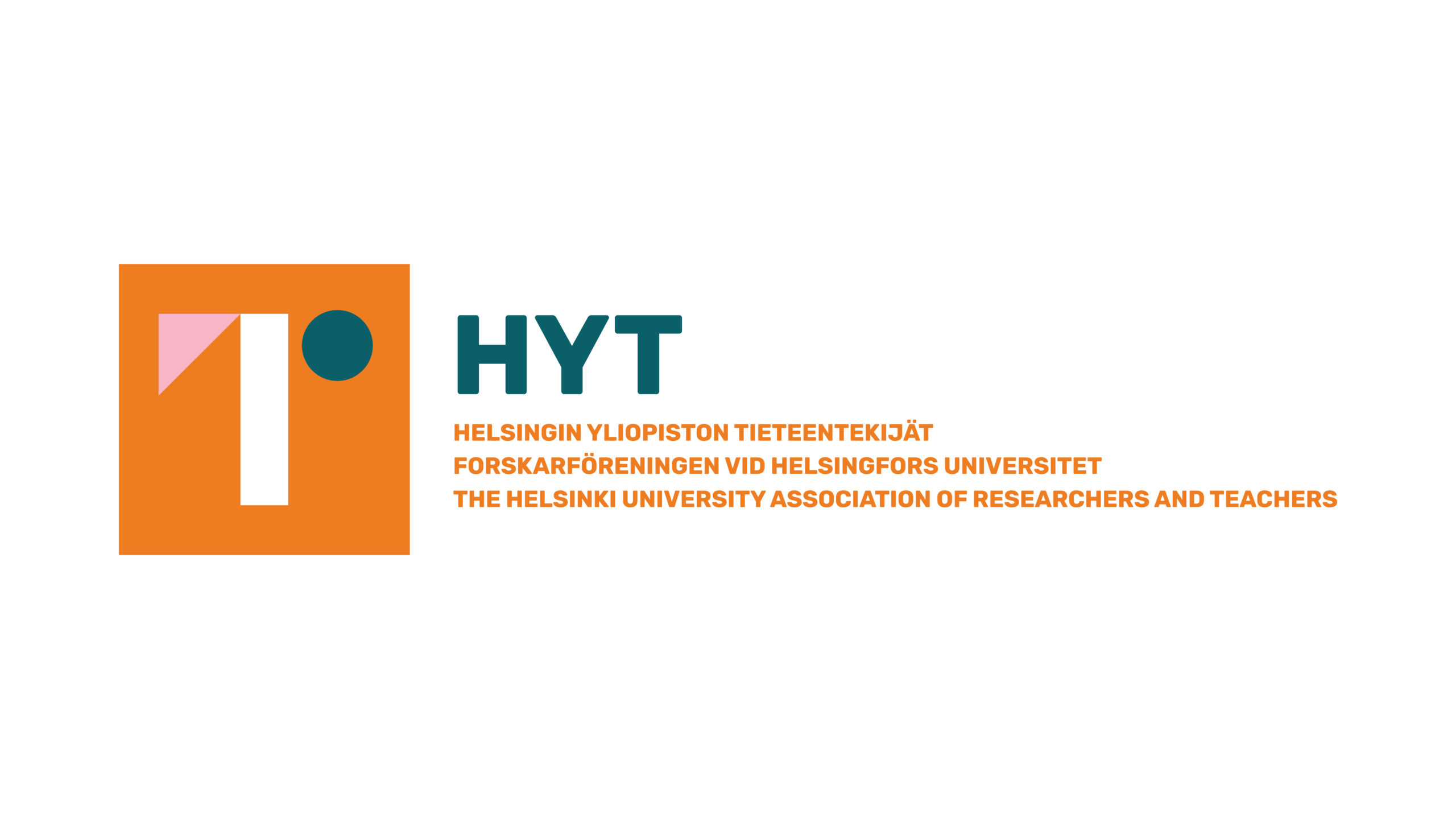In September, a petition requesting the termination of the University of Helsinki’s premises plan was submitted to the Board of Helsinki University. The petition, signed by 832 members of the university community, failed to accomplish its main objective − halting the plan − even if it did succeed in making the Board remove specific square-meter savings targets from the document.
Another petition to the University Board was submitted at the end of November. This second petition explicitly called for the University Board to present the calculations and figures that the premises plan is premised on. This time, representatives of the University Board were also invited to present said figures to the university community in a discussion held on 28.11.2020.
Here’s an observation from that meeting: the University Board was, not for the first time, asked to reveal the calculations underlying the premises plan. More specifically, the 2nd petition did not just ask how much money the board expects to save by reducing the amount of office and other space used by the university, but what it expects to pay for converting the existing premises into the types of multifunctional, shared space that early-21th-century managerial doctrine places such great faith in.
Since this was a key point of the first petition, and the specific focus of the second one, it was striking that the Board still had no figures to present. The Board’s formal representative Teija Tiilikainen talked, at some length, about the unspecified “different types of needs for different types of users”, but even when prompted to present just some “rough figures”, she had none to offer. Hannu Vartiainen from Helsinki University Properties Ltd. (Helsingin yliopistokiinteistöt Oy) eventually came to her rescue, presenting a savings target of 11 M € sought through the cuts. Yet even here we heard nothing about the cost estimates − whether or not the conversion of old premises into new is actually profitable, and if so, under what time frame?
Instead, we heard a familiar threat: if the university does not cut space, it will have to sack people. Now, just exactly whom the university proposes to sack in the wake of the 2016 dismissals, whilst so many of its current personnel are on short-term contracts in any case, was left undiscussed. But that is beside the point: a point to keep in mind here should be all those times this threat has already been employed in the context of the already-effected premises cuts, for example at the Central Campus.
I don’t doubt that the university is in a crisis − when was the last time it was not? But responding to crises with threats and ill-planned cost slashing, without assessing the real costs, not to mention the effects of the planned cuts to employee wellbeing (or its direct results in the university’s “output”) is simply unwise. Treating repeated expressions of staff discontent as so much silliness reveals a wide gap between the Board and the university’s research and teaching personnel. Who in their right minds would want to affiliate with such a university in a few years’ time? Or is that part of the plan, too, as the university appears to leave no room for future growth.
In the meeting the Board’s spokesperson stated that the premises plan is “only” a strategy-level document − not an operational one. The campuses and faculties, she claimed, are free to operationalise it as they see fit. Yet there are operational plans at various stages of preparation at the university’s campuses, and these are clearly the offspring of the Board’s “master” plan. The current Board of the University of Helsinki has already determined that the specific measures proposed in the previous Board’s premises plan were excessive: otherwise it would not have omitted the plan’s specifics. Yet the plan itself is already in motion, which means that the time for such token measures is long gone. It is time the Board took responsibility for its decisions.
Matti Eräsaari
Grant-funded researcher,
University of Helsinki, Social and Cultural Anthropology
HUART’s board member
